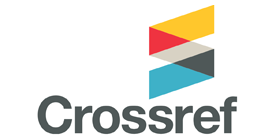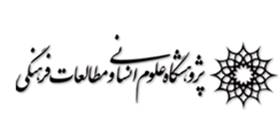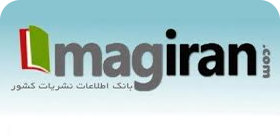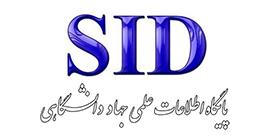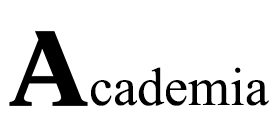Identifying Components and Dimensions of Effective Art Education Teaching
Keywords:
effective teaching, art education, educational content, educational policymakingAbstract
Purpose: This study was conducted with the aim of identifying the components and dimensions of effective art education teaching. Methodology: This research is an applied-developmental study in terms of its objective and a non-experimental (descriptive) study in terms of data collection method, utilizing a cross-sectional survey approach. A qualitative research design was employed to achieve the research objective. The qualitative participant community included professors, teachers, school administrators, and art education specialists in Iraq, selected through purposive sampling. Ultimately, theoretical saturation was achieved after 10 interviews. The qualitative validity was evaluated and confirmed based on Lincoln and Guba's four criteria of credibility, transferability, confirmability, and dependability from the reviewers' perspective. The reliability of the coding of the conducted interviews was estimated using Holsti's coefficient at 0.712, which is considered acceptable. For data analysis, the grounded theory method was utilized in MAXQDA software, and with the extraction of the main and sub-categories of the research, the final model was presented. Findings: In the present study, the components and dimensions of effective art education teaching were identified to provide a model for art education teachers in Iraq. A total of 210 initial codes were extracted from the interview texts. Through coding, eight concepts and 45 sub-categories were identified, and by classifying these themes into similar categories, eight main categories were recognized. Conclusion: Based on the obtained results, the paradigmatic model of the research was determined. Causal conditions, including educational content, factors related to the teacher, and teaching style, affect the central phenomenon, which is effective art education teaching. This component, along with contextual conditions, including educational infrastructure and intervening conditions, such as the status of art in society, leads to strategies and actions, including educational policymaking, resulting in the outcome of drafting the art curriculum charter in Iraq.




